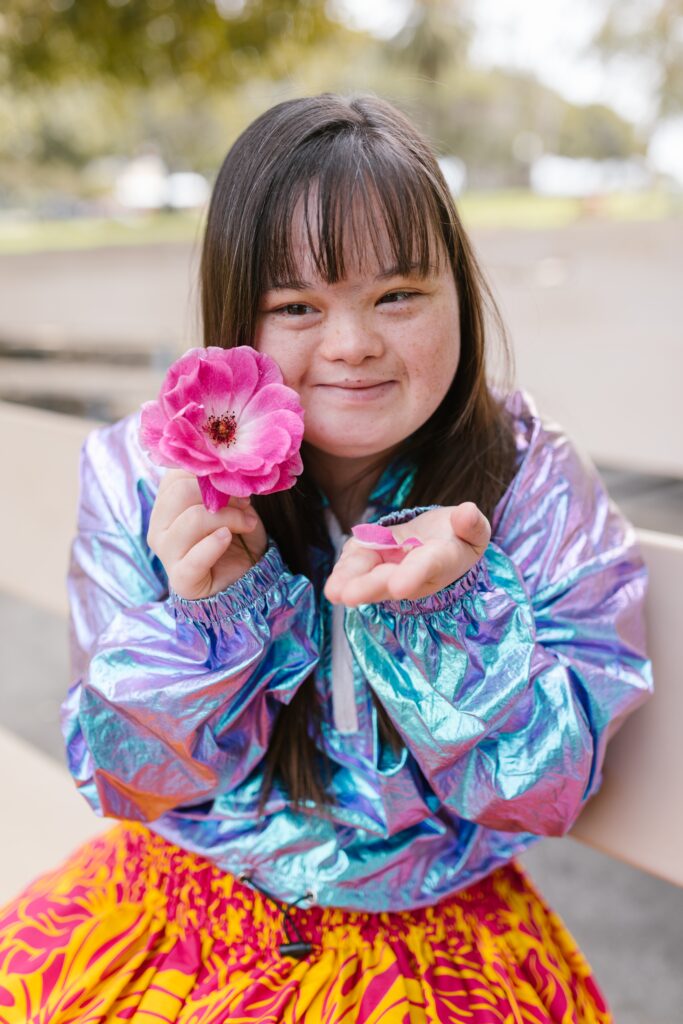Autism and learning difficulties are two complicated but interdependent topics that impact millions of individuals around the world. In this blog post, we will explore autism and compare it with various learning difficulties .We will also discuss different strategies that can help individuals with autism and learning difficulties .
Autism and learning difficulties:
Autism is also known as autism spectrum disorder (ASD), is a neurological condition characterized by a vast range of challenges in social communication, interaction, repetitive behaviors and restricted interests. It is a spectrum disorder which means that people with autism can have a variety of strengths and difficulties.
people having ASD may have problem in understanding and using verbal and non-verbal communication.They also struggle with forming relationships and shows repetitive behaviors or focus on specific interests. people with Autism varies greatly in its presentation, with some individuals requiring substantial support, while others may excel in particular areas.We should understand and respect the unique experience of them and help them in adjusting in this society being a part of this society.
Common Characteristics of Autism:
Social Communication Challenges
Social communication challenges are a complex and often misunderstood aspect of human interaction. These challenges encompass a wide range of difficulties in effectively expressing thoughts, emotions, and intentions, as well as in understanding the social cues and nuances conveyed by others. For individuals with conditions such as autism spectrum disorder (ASD), social communication challenges can be particularly pronounced. They may struggle with maintaining eye contact, interpreting facial expressions, or grasping the unwritten rules of conversation, making it challenging to build and maintain meaningful relationships.
However, social communication challenges are not limited to those with ASD; many people face varying degrees of difficulty in navigating social interactions, which can impact their personal and professional lives. Recognizing and accommodating these challenges is crucial for fostering inclusivity and empathy in society, as well as supporting individuals in developing their social skills to thrive in an interconnected world.
Repetitive Behaviors
Repetitive behaviors are a common feature seen in various neurodevelopmental and psychiatric conditions, such as autism spectrum disorder (ASD), obsessive-compulsive disorder (OCD), and even some aspects of attention-deficit/hyperactivity disorder (ADHD). These behaviors manifest in a multitude of ways, ranging from simple and benign habits like finger tapping or hair twirling to more complex and ritualistic actions such as compulsive counting or arranging objects in a specific order.
Repetitive behaviors often serve as coping mechanisms or ways to manage anxiety, stress, or sensory overload. While they can provide a sense of comfort or control for individuals, they can also interfere with daily functioning and social interactions, leading to distress and impairment. Understanding the underlying reasons for repetitive behaviors is crucial for tailoring effective interventions and support, aimed at helping individuals manage these behaviors and improve their overall quality of life.
Sensory Sensitivities
Sensory sensitivities refer to heightened or altered responses to sensory stimuli, including sight, sound, touch, taste, and smell. While many individuals can easily filter and adapt to sensory input from their environment, some people, particularly those with conditions like autism spectrum disorder (ASD), sensory processing disorder (SPD), or post-traumatic stress disorder (PTSD), experience sensitivities that can be overwhelming and distressing.
For example, bright lights, loud noises, or certain textures can provoke intense discomfort or anxiety. Conversely, some individuals might have hyposensitivities, where they require more intense sensory input to register and respond to stimuli. Sensory sensitivities can significantly impact daily life, affecting one’s ability to engage in various activities, concentrate in noisy environments, or participate in social interactions. Recognizing and accommodating these sensitivities is crucial for creating inclusive and supportive environments that allow individuals to manage and thrive despite their sensory challenges.
Routines and Special Interests
Routines and special interests play a significant role in the lives of many individuals, particularly those with neurodevelopmental conditions like autism spectrum disorder (ASD). Routines offer a sense of predictability and structure in an otherwise unpredictable world. They can provide comfort and stability, reducing anxiety and stress. Many individuals with ASD thrive on the consistency of routines, which can include daily schedules, specific rituals, or repetitive activities that bring a sense of order to their lives.
special interests:
Special interests, on the other hand, are areas of intense focus and passion that captivate individuals with ASD or other conditions. These interests can span a wide range of topics, from trains and dinosaurs to computer programming and art. Special interests provide an avenue for self-expression and learning, fostering a sense of competence and accomplishment. They can also serve as a bridge to connect with others who share similar passions.
Both routines and special interests are essential aspects of individuality and should be respected and supported. While routines help individuals manage daily life, special interests can be harnessed as a tool for skill development and social engagement. Recognizing the significance of these elements and finding ways to incorporate them into educational, therapeutic, and social contexts can enhance the well-being and quality of life for individuals with ASD and others who find solace and fulfillment in routines and special interests.

conclusion
Autism and learning difficulties are complex, but with the right support and understanding, individuals with these challenges can achieve their full potential. Embracing neurodiversity, promoting inclusive environments, and providing tailored interventions are crucial steps in ensuring that everyone, regardless of their neurodevelopmental profile, can lead fulfilling lives and contribute to society. By educating ourselves and advocating for individuals with autism and learning difficulties, we can make a positive impact and build a more inclusive world for all. Learning stages; beautiful journey of 8 learning stages

Pingback: Autism and learning difficulties;A Comprehensive guide (part 2) - Education City
Pingback: Action behavior centers | Comprehensive note on ABA therapy for autism(part 1) - Education City
Pingback: Action behavior centers, ABA therapy for autism